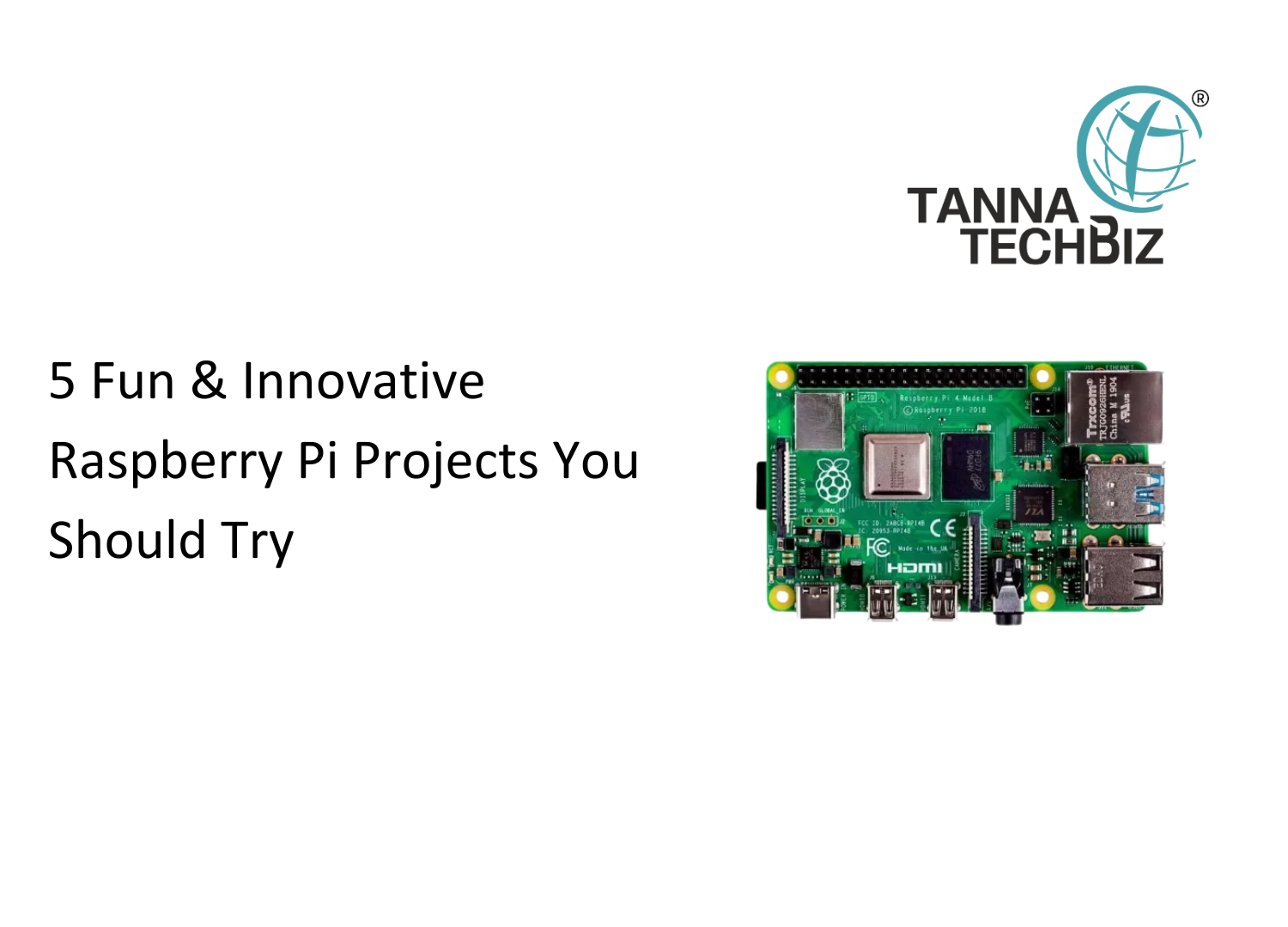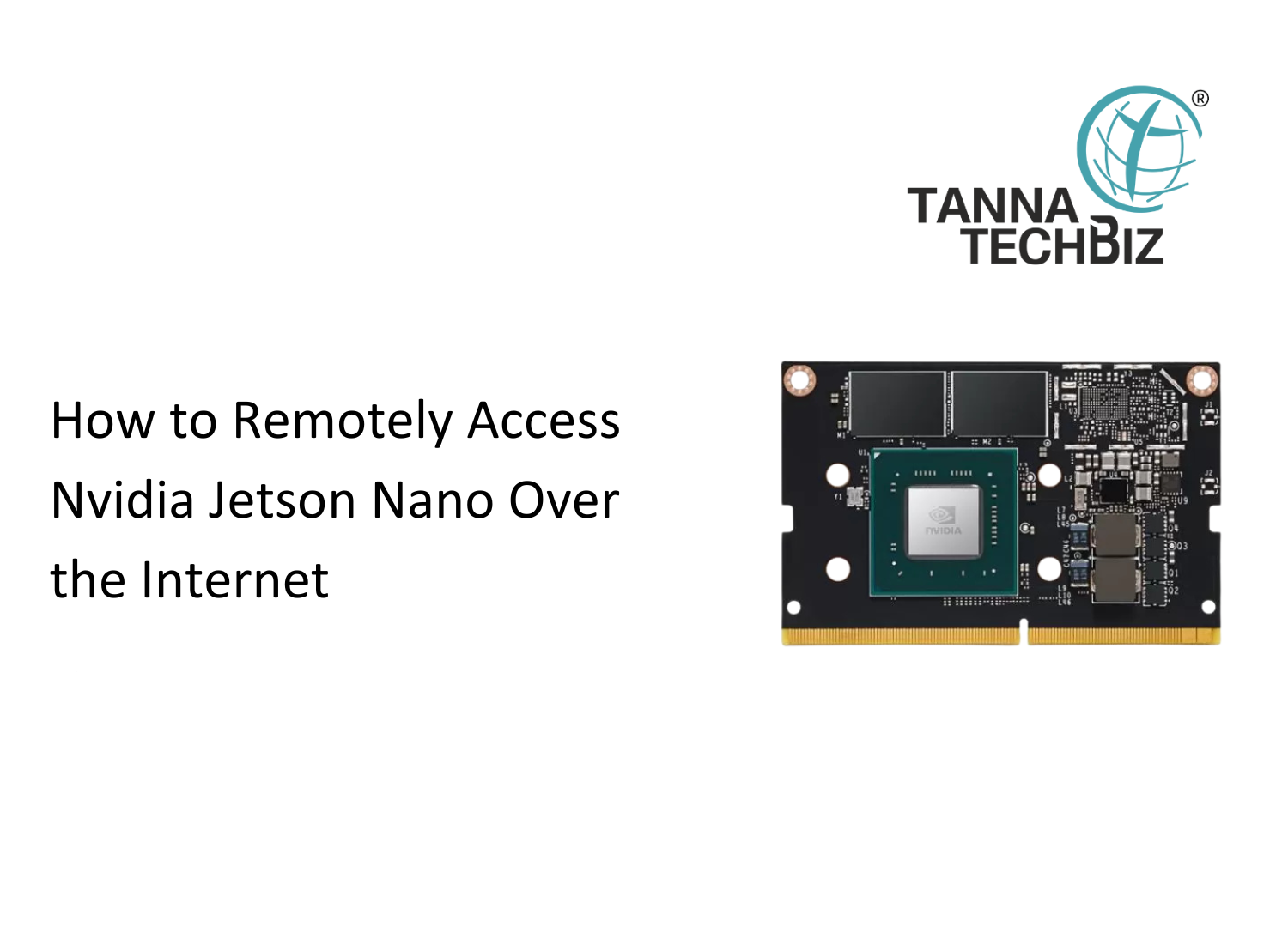Banana Pi
- 27 MayRead more »
Banana Pi M4 Zero: 2GB + 8GB vs 4GB + 32GB — Which Model is Right for You?
The Banana Pi BPI-M4 Zero is a compact and powerful single-board computer designed for edge computing, smart devices, and embedded applications. Whether you’re building a home automation system, a portable media player, or a compact Linux workstation, the M4 Zero has the flexibility to meet your needs.
- 17 AprRead more »
How to Run Android on a Banana Pi Board?
Making Android run on a Banana Pi board is not as complicated as one might suppose. To have an even better experience as well as more performance, putting Android on internal storage, such as eMMC is an excellent choice. This makes your setup more efficient as well as more stable if, for example, you intend to use it for an extended period.
Step-by-Step Guide to Run Android on Banana Pi
Select Your Board and Tool
First, determine which Banana Pi device you have. That's important because all models use unique chips, and that will determine which tool to use. If it has an Allwinner chip, such as the BPI-M64 or BPI-M2 Ultra, use the PhoenixCard tool.
Go to the Banana Pi official wiki and grab the Android image corresponding to your board. Plug in a microSD card to your computer, open the PhoenixCard tool, and load
- 20 AugRead more »
The Banana Pi BPI-M6 is a state of the art single-board computer (SBC) brought to you by Banana Pi in 2022. This influential device is designed for AI edge computing, smart home devices, and IoT applications that are constantly growing. The present blog post will explicate the technical specifications, performance capacity and real-world usage of the Banana Pi M6 thereby emphasizing why it is unique among other SBCs in existence today.
- 13 AugRead more »
In this rapidly changing internet world, Banana Pi BPI-WiFi6 router is a game changer for innovation and performance. This router is designed with the most advanced WiFi 6 technology to provide unrivaled speed and reliability in your home or office network. In this guide, we are going to explore the features, performance and set up of the banana pi Wi-Fi 6 router to ensure that you get maximum benefits from this state-of-the-art device.
- 6 AugRead more »
The Banana Pi R4 is a cutting-edge router development board that brings the power and versatility of open-source technology to your fingertips. For professional developers, tech enthusiasts or network architects, it has a range of features and capabilities which will amaze you. What makes The Banana Pi R4 so special among others? Let’s see.
- 30 JulRead more »
The full potential of Banana Pi F3 series will be revealed in our well-explained article. The strong points, use cases and performance tests of Banana Pi F3 (2GB RAM + 8GB eMMC) and Banana Pi F3 (4GB RAM + 16GB eMMC).
- 22 JulRead more »
Explore the comprehensive guide to Banana Pi M7, featuring in-depth reviews of the 8GB, 16GB, and 32GB RAM configurations. Discover its applications, performance benchmarks, and comparisons with other SBCs. Ideal for developers and tech enthusiasts. Read more
- 13 JunRead more »
The Banana Pi boards are known for their powerful hardware specifications and extensive connectivity options, making them suitable for a wide range of applications. They offer features such as Ethernet ports, USB ports, HDMI output, audio jacks, camera interfaces, and GPIO pins, allowing users to connect peripherals and expand their capabilities.



